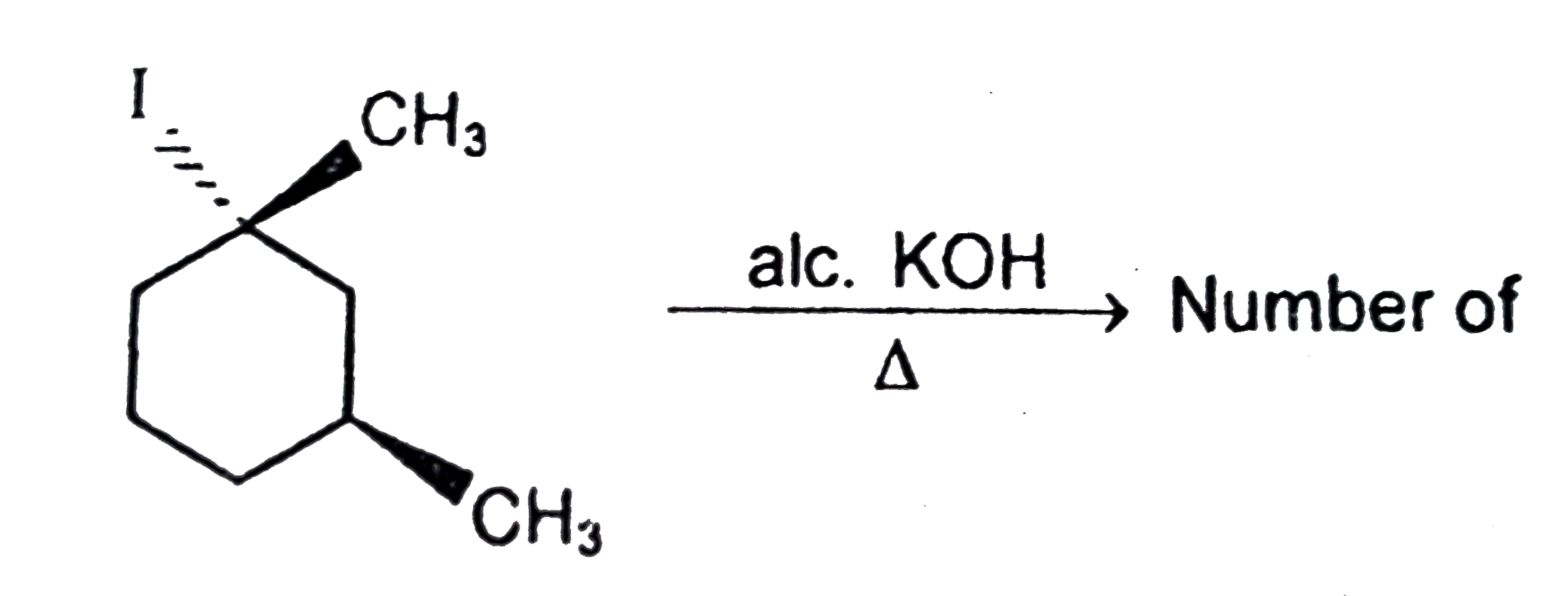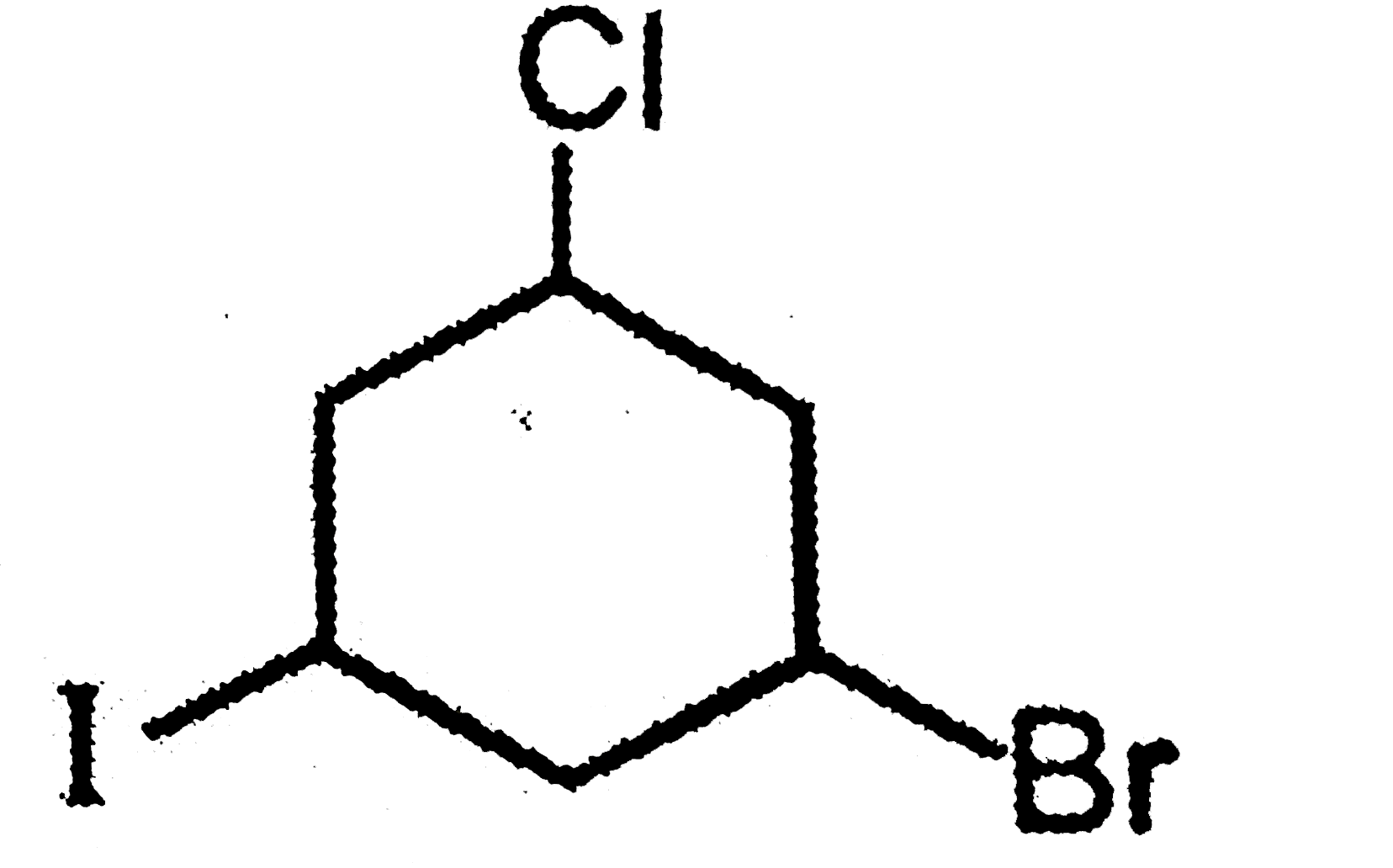The interconversion of cis-and trnas-isomers of an alkene is possible by
A
treatment with a strong acid
B
UV light
C
heat
D
all of these
Video Solution
Text Solution
The correct Answer is:D
In each case, the π bond of double bond is broken leading to the rotation of one part relative to another, and finally, π bond is formed.

|
Topper's Solved these Questions
- ALKENESBOOK - R SHARMACHAPTER - ALKENESEXERCISE - Follow-up-Test 2
4 Videos
- ALKENESBOOK - R SHARMACHAPTER - ALKENESEXERCISE - Follow-up-3
9 Videos
- ALKENESBOOK - R SHARMACHAPTER - ALKENESEXERCISE - Archives
27 Videos
- ALKANESBOOK - R SHARMACHAPTER - ALKANESEXERCISE - ARCHIVES
17 Videos
- ALKYNESBOOK - R SHARMACHAPTER - ALKYNESEXERCISE - Archives
42 Videos
Similar Questions
Knowledge Check
Cis and trans isomers generally
Acontain a triple bondBcontain double bonded carbon atomsCare enantiomersDrotate the plane of plane-polarized lightWhich statement (s) is/are wrong about the interconversion of trans − and cis− isomeric alkenes by ultraviiolet radiation with a suitable photosensitiser ?
 AU.V. radiation provides energy to excit π¯e into an anti− bonding π molecular orbital (π∗ABMO) momentarily breaking the π− bond.BRotation about the (C−C) single bond of either excited cis− or trans − molecule gives a common non − planar intermediat. When the ¯e returns to the ground state, the π−bond reforms and the same mixture of the two geometric isomers results from either starting isomer.CBecause the rate of return from the common intermediat to the cis− ground state is faster , the cis−predominates even though is has the higher energy. The product ratio is kinetically controlled and not thermodynamically controlled.DBecause the rate of return from the common intermediate to the trand − ground state is faster, the trans− predominates and has lesser energy. The product ratio is thermodynamically controlled and not kinetically controlled.
AU.V. radiation provides energy to excit π¯e into an anti− bonding π molecular orbital (π∗ABMO) momentarily breaking the π− bond.BRotation about the (C−C) single bond of either excited cis− or trans − molecule gives a common non − planar intermediat. When the ¯e returns to the ground state, the π−bond reforms and the same mixture of the two geometric isomers results from either starting isomer.CBecause the rate of return from the common intermediat to the cis− ground state is faster , the cis−predominates even though is has the higher energy. The product ratio is kinetically controlled and not thermodynamically controlled.DBecause the rate of return from the common intermediate to the trand − ground state is faster, the trans− predominates and has lesser energy. The product ratio is thermodynamically controlled and not kinetically controlled.Which of the following statement is not true regarding the cis and trans isomers of an alkene
AThey are configurational isomersBThey are diastereomersCThe cis-isomers has higher dipole moment than the trans-isomerDThe cis isomer usually has a lower boiling point than the trans-isomer






